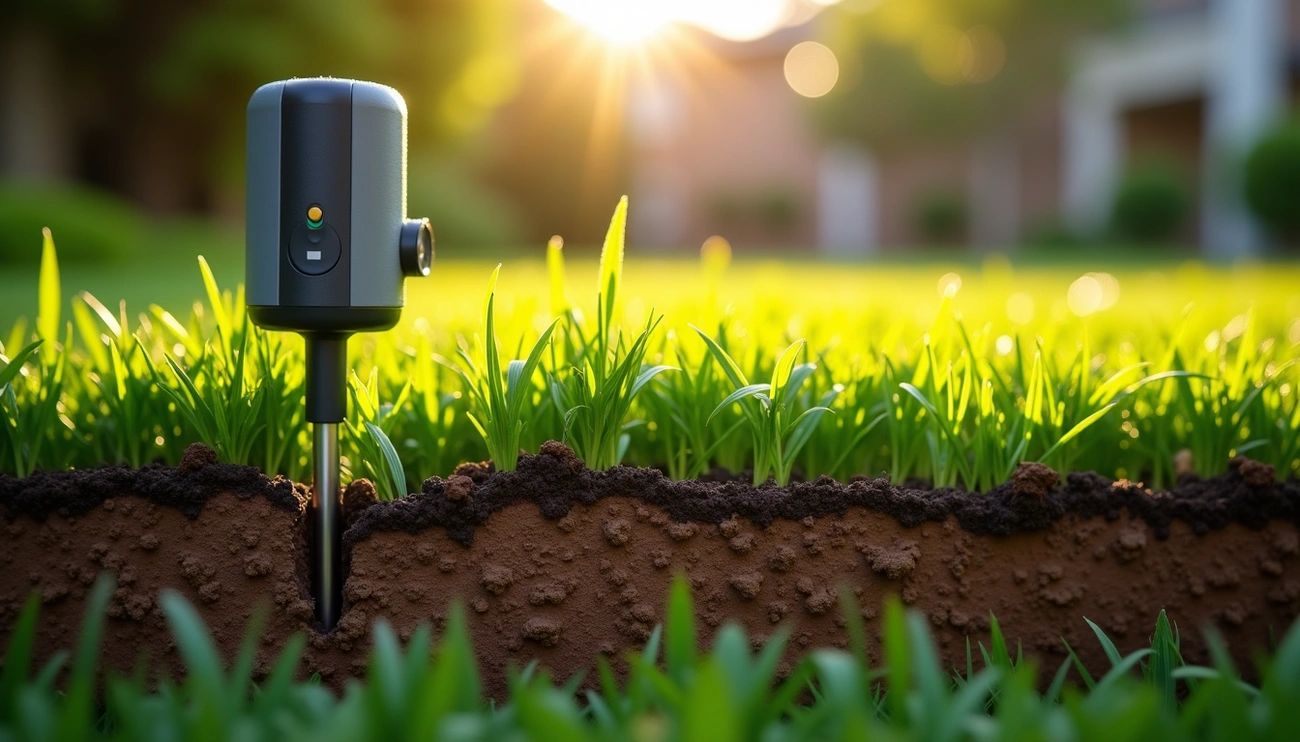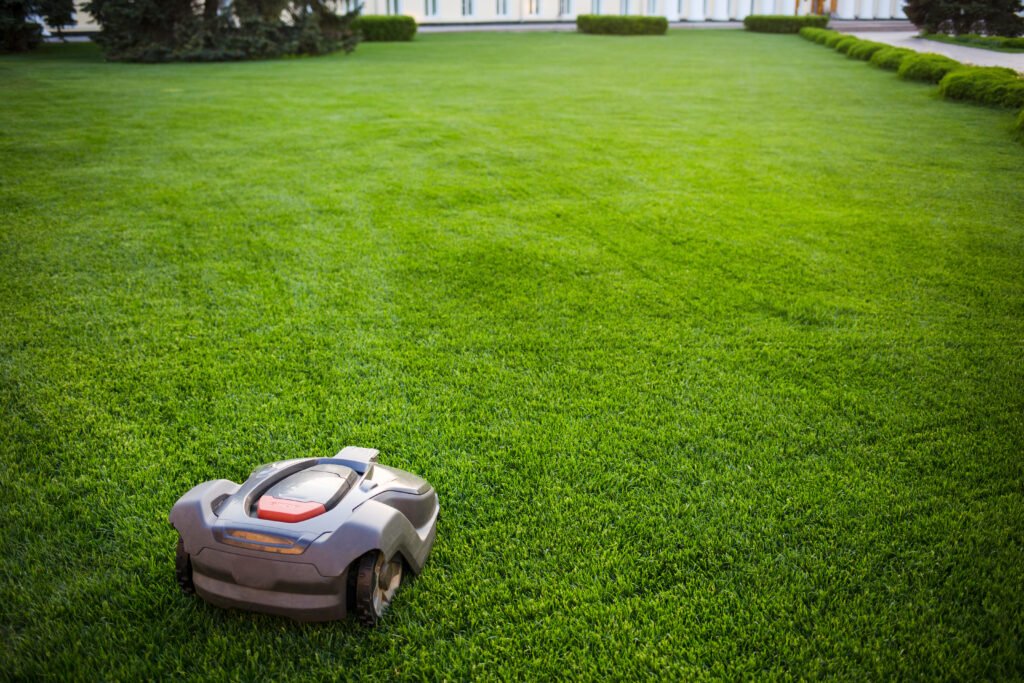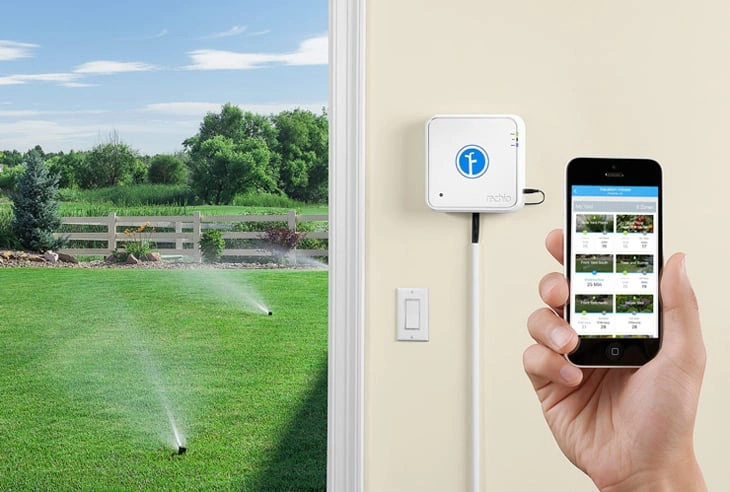A soil moisture sensors for an irrigation system can help you save over 15,000 gallons of water each year. This isn’t just a small change—it’s a complete transformation of your lawn care routine.
The EPA reports that more than 28 million U.S. homes use in-ground sprinkler systems with clock-based controllers. These traditional systems can’t measure actual soil conditions, which leads to excessive water waste. Your water consumption drops when you add a moisture sensor or soil water sensor to your system. You’ll also keep your lawn healthier. Homes with automatic irrigation systems could save over 390 billion gallons of water each year by installing a WaterSense-labeled soil moisture sensor irrigation controller. This amount of water could meet the household needs of 5 million average American homes.
This piece explores how irrigation soil moisture sensors work and helps you pick the right one for your yard. You’ll learn about different types of sensors and their features. The information here will guide your decision whether you want to save water, cut utility bills, or find the quickest way to care for your lawn.
What Are Soil Moisture Sensors and Why They Matter
Soil moisture sensors work like detectives for your lawn. They reveal everything that happens under your grass. Let’s explore why these devices make such a big difference to your watering routine.
The biggest problem with traditional irrigation systems
Traditional sprinkler systems run on preset schedules without knowing the actual soil conditions. This “set it and forget it” approach wastes water because sprinklers keep running, whatever the rainfall or soil moisture levels. Your lawn suffers when you water it too much. Waterlogged soil prevents plants from getting nutrients properly, and they show stress signs, like those of drought-stressed plants. On top of that, too much moisture creates perfect conditions for fungal diseases and root rot.
How soil moisture sensors fix overwatering
Your lawn’s moisture sensors work like a fuel gauge. These devices measure the actual moisture in your soil instead of guessing when to water. The sensors can stop scheduled watering cycles when your plants have enough water. The impact speaks for itself—research shows that moisture sensors can reduce water usage by up to 88%. These devices help create deeper root systems and cut down weed growth. They also lower disease risk by giving plants the right amount of water at the perfect time.
Types of soil moisture sensors used in irrigation
You can measure soil moisture with several technologies:
- Electromagnetic sensors – Capacitance sensors (also called Frequency Domain Reflectometry or FDR) and Time Domain Reflectometry (TDR) sensors measure soil moisture based on electrical properties
- Tensiometers – These measure soil water tension, which indicates how hard plants must work to get water from the soil
- Granular Matrix Sensors – They give readings based on electrical resistance between electrodes in a granular matrix
You can install these sensors permanently in specific spots or use portable probes to check moisture levels across your lawn. Modern systems connect to your irrigation controller and adjust watering schedules based on up-to-the-minute soil conditions.
How Soil Moisture Sensors Work in Lawn Irrigation
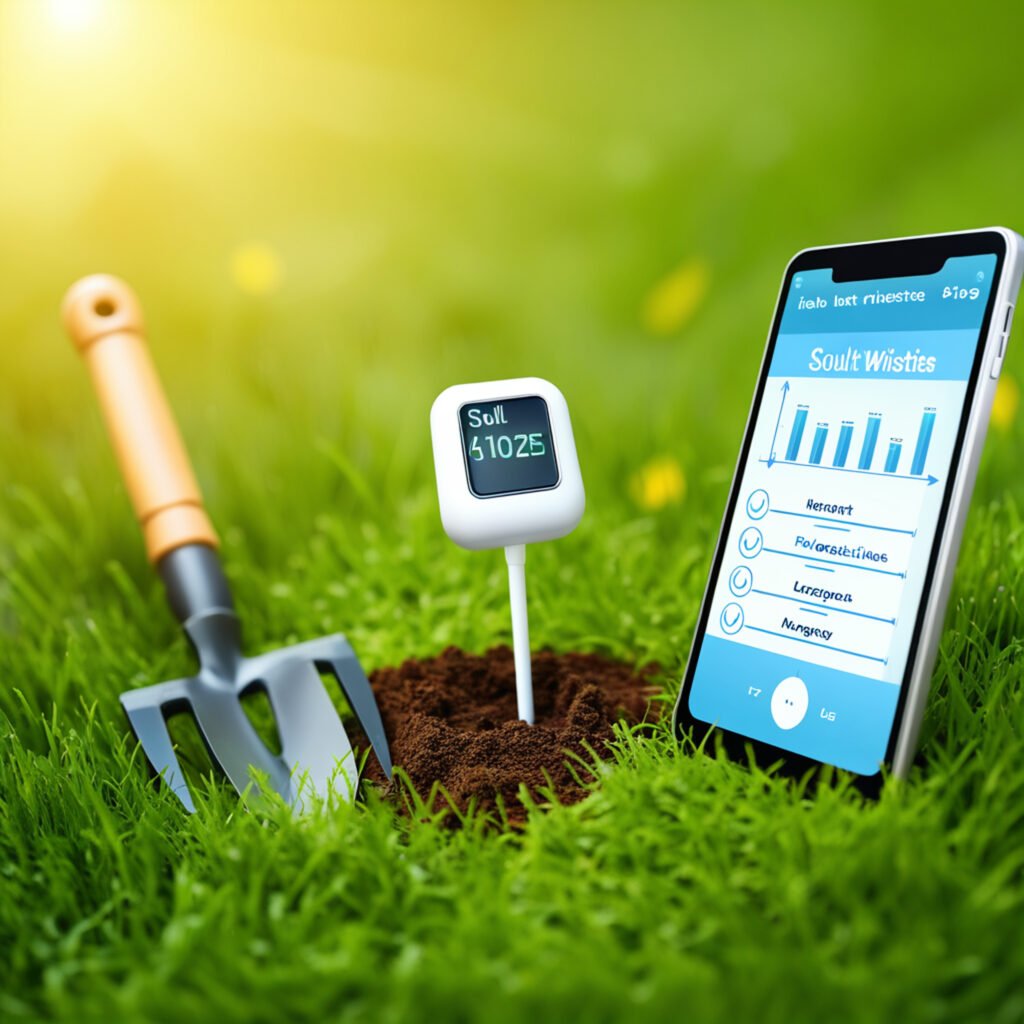
A soil moisture sensor’s accurate readings and water efficiency depend on its proper installation and setup. You’ll need to understand everything about this technology to get the best results.
Sensor placement and soil depth
Turfgrass requires sensors to be buried about three inches deep. The right placement makes a big difference. You should install sensors in soil that represents your entire lawn area. Stay away from high spots, depressions, and slopes. The sensors need to be at least five feet from your home, property line, or hard surfaces like driveways.
Experts suggest installing sensors at different depths to track moisture throughout your lawn’s root zone. Place them at least five feet from irrigation heads and toward the center of an irrigation zone. The sensor needs good contact with the soil to give accurate readings, so avoid leaving air gaps around it.
The installation process should include marking sensors to make them visible to anyone mowing or working in your yard. Keep them away from high-traffic areas to prevent soil from getting packed down around the sensor.
How sensors detect moisture levels
Most soil moisture sensors measure volumetric water content based on the soil’s dielectric constant. This measurement works because water content increases raise the dielectric constant.
These sensors typically use one of these technologies:
- Capacitance/Frequency Domain Reflectometry (FDR) – measures the soil’s charge-storing capacity
- Time Domain Reflectometry (TDR) – measures the travel time of electrical energy waves
- Resistance sensors – measure electrical resistance between embedded grids
The sensor needles are most sensitive to moisture in their immediate vicinity, which makes good soil contact vital for accurate readings. Many modern sensors now include temperature measurement features to provide detailed soil data.
Integration with irrigation controllers
Your irrigation controller becomes “smart” when connected to soil moisture sensors. The system then makes watering decisions based on actual soil conditions. These controllers compare sensor readings to programmed moisture thresholds.
The system stops watering automatically when the ground is wet enough to prevent overwatering. It resumes normal operation as the soil dries out. Many manufacturers now make sensors that update existing systems and work with your current controller.
This setup uses live data to adjust watering schedules. Your irrigation system will run efficiently through all seasonal changes.
Benefits of Using Soil Moisture Sensors for Lawn Care
Soil moisture sensors bring remarkable benefits to your irrigation system that go beyond the obvious advantages. These smart devices have reshaped the way we maintain our lawns with clear, measurable results.
Water conservation and cost savings
The data tells a compelling story—soil moisture sensors reduce water usage by 56-88% compared to traditional systems. An average household saves over 15,000 gallons of water each year. These sensors prove their worth quickly, paying for themselves in 1-5 years. Some homeowners see returns in just the first year. Your energy bills will drop since you’ll pump less water through the system.
Improved plant health and root development
Plants develop stronger, deeper roots with balanced soil moisture levels. Your landscape becomes more resistant to fungal diseases and pests that love overly wet conditions. The right moisture balance also helps plants absorb nutrients better—creating ideal conditions for growth.
Adaptability to seasonal changes
These sensors shine as seasons change by adjusting your irrigation based on the soil’s current conditions. You won’t need to reprogram controllers manually during summer storms or winter dormancy.
Support for local watering restrictions
Many areas enforce strict watering rules during droughts. WaterSense-certified sensors help you follow these guidelines. Your lawn stays healthy while you avoid violation notices and water waste.
Performance Standards and Choosing the Right Sensor
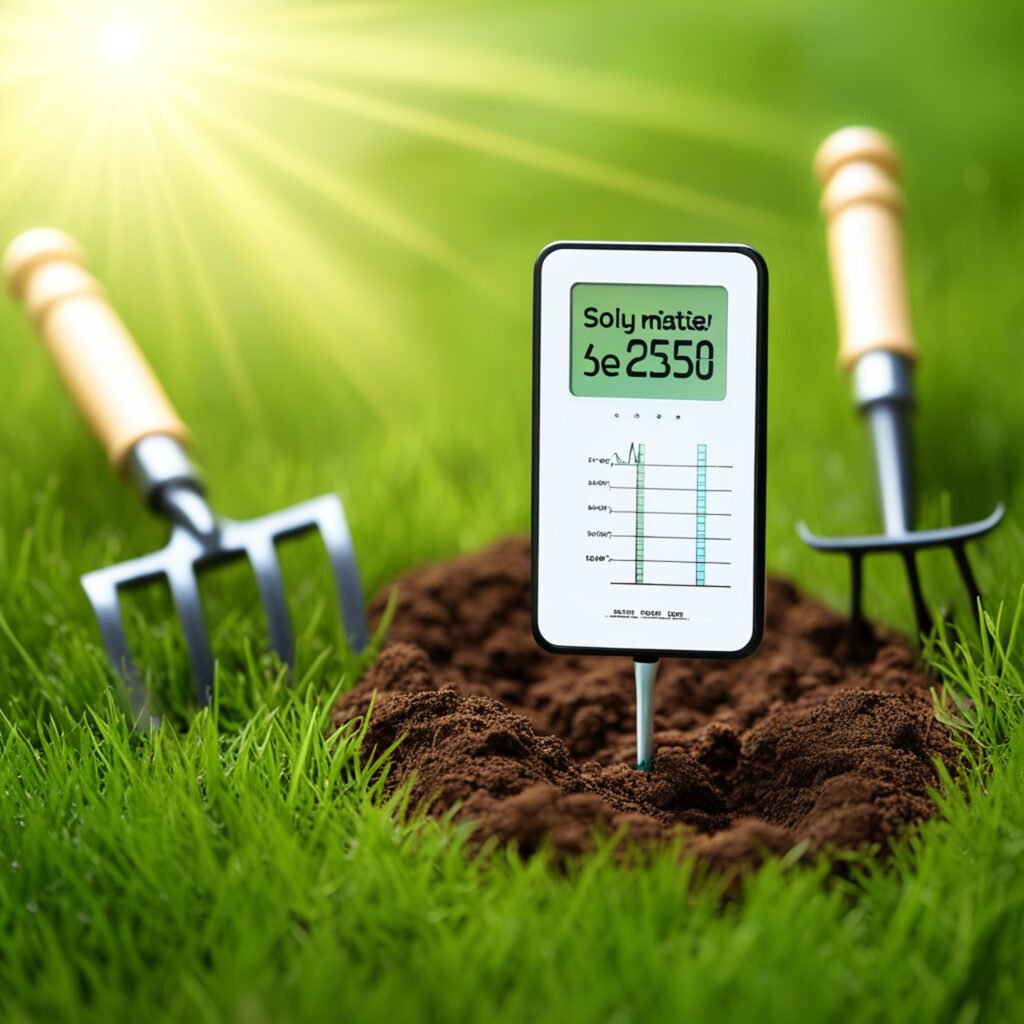
Quality irrigation soil moisture sensors need specific performance standards to work reliably. Let’s get into what makes these sensors truly effective for your irrigation needs.
Understanding WaterSense certification
The EPA’s WaterSense label shows that moisture sensors meet strict performance standards through independent certification. Testing protocols verify each sensor’s consistent performance. These WaterSense-labeled sensors go through extensive testing to check their function, precision, and how they respond to soil condition changes. This certification proves that these products save water and outperform conventional models.
Key performance features to look for
Your irrigation system’s moisture sensors should meet these critical standards:
- Function – Knowing how to control irrigation at different moisture levels
- Precision – Reliable threshold detection (within 10% deviation)
- Response – Quick reaction to moisture changes in soil
- Freeze resistance – Keeps working after freeze-thaw cycles
- Supplemental capabilities – Smart features that handle watering limits and zone management
Tips for selecting a reliable sensor
Quality sensors should last at least 3-5 years. Your soil type matters since some sensors need specific calibration. The right sensor technology makes a difference – capacitance sensors react quickly but might need field calibration to stay accurate.
Conclusion
Soil moisture sensors turn lawn care from guesswork into precision management. Your irrigation system now responds to actual soil conditions instead of arbitrary timers. These smart devices deliver measurable results – they reduce water usage by up to 88% and improve your lawn’s health.
A properly installed sensor at the right depths and locations across your yard combines smoothly with your existing irrigation controller. This combination creates a responsive system that waters only when needed. The system adapts automatically to rainfall and seasonal changes without frequent reprogramming.
A WaterSense-certified sensor will give you reliability and performance that meets strict criteria. The original cost pays back quickly, often within the first year through lower water bills and reduced maintenance costs from overwatering issues.
This simple lawn care upgrade can make a real difference to the environment. Water savings could reach hundreds of billions of gallons each year if these sensors become accessible to more people. Your lawn benefits from deeper root systems, fewer disease problems, and better nutrient absorption while using less water.
The facts speak for themselves – soil moisture sensors offer a practical and effective solution for homeowners who want beautiful lawns without wasting water. This technology ended up providing the perfect balance between conservation and optimal lawn health. You can have a lush, green yard while being an excellent steward of our water resources.

